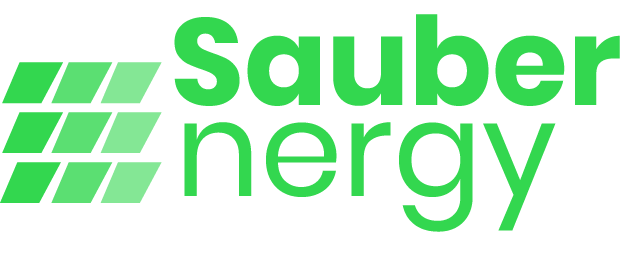FAQs
Solar photovoltaic (PV) technology is a system that converts sunlight into electrical power. It does this by utilizing a solar panel to capture sunlight and convert it into direct current (DC) electricity. The DC electricity is then converted into alternating current (AC) electricity by an inverter and can be used to power homes and businesses.
Solar PV technology has several benefits. It is a renewable source of energy, meaning it is sustainable and has no emissions or pollution. Solar panels are low maintenance, have a long lifespan, and can reduce energy bills significantly. Additionally, solar power can provide energy independence and a reliable source of electricity in remote areas.
The installation of a solar PV system requires a few steps. First, the site is assessed to ensure that it is suitable for solar panels. Next, the solar panels are installed on the roof or on the ground, and the electrical wiring is connected to an inverter. Finally, the inverter is connected to the electrical panel, and the system is connected to the grid.
The cost of a solar PV system can vary depending on several factors, such as the size of the system, location, and installation costs. However, the cost of solar panels has decreased significantly over the years, making it more affordable for homeowners and businesses. There are also incentives and tax credits available to help offset the cost of a solar PV system.
The amount of energy that a solar PV system can produce depends on several factors, including the size of the system, the location, and the amount of sunlight the area receives. On average, a 1 kW solar panel system can produce about 4 kWh of electricity per day. However, this can vary based on the factors mentioned above.
While solar panels produce more energy on sunny days, they can still produce electricity on cloudy days. However, the amount of energy produced may be lower on cloudy days than on sunny days.
Yes, a solar PV system can power a home or business entirely, depending on the size of the system and the energy needs of the home or business. It is important to work with a professional to determine the appropriate size of the system for your specific needs.
The lifespan of a solar PV system can vary depending on several factors, including the quality of the equipment and the maintenance of the system. However, on average, solar panels can last up to 25-30 years, and inverters can last up to 15 years.
Maintaining your solar PV system is simple and requires very little effort. You should clean the panels regularly and ensure that they are free of debris. It is also important to have the system inspected and maintained by a professional at least once a year.
To get started with solar PV technology, you should consult with a professional to assess your site and determine the appropriate size and type of system for your needs. You can also research available incentives and tax credits that can help offset the cost of installation.
Want to work with us?

-
Address:116 Albert Street
Suite 200 & 300 Ottawa, Ontario K1P 5G3 Canada - (613) 800 9933
- info@sauberenergy.com
© Sauber Energy 2023